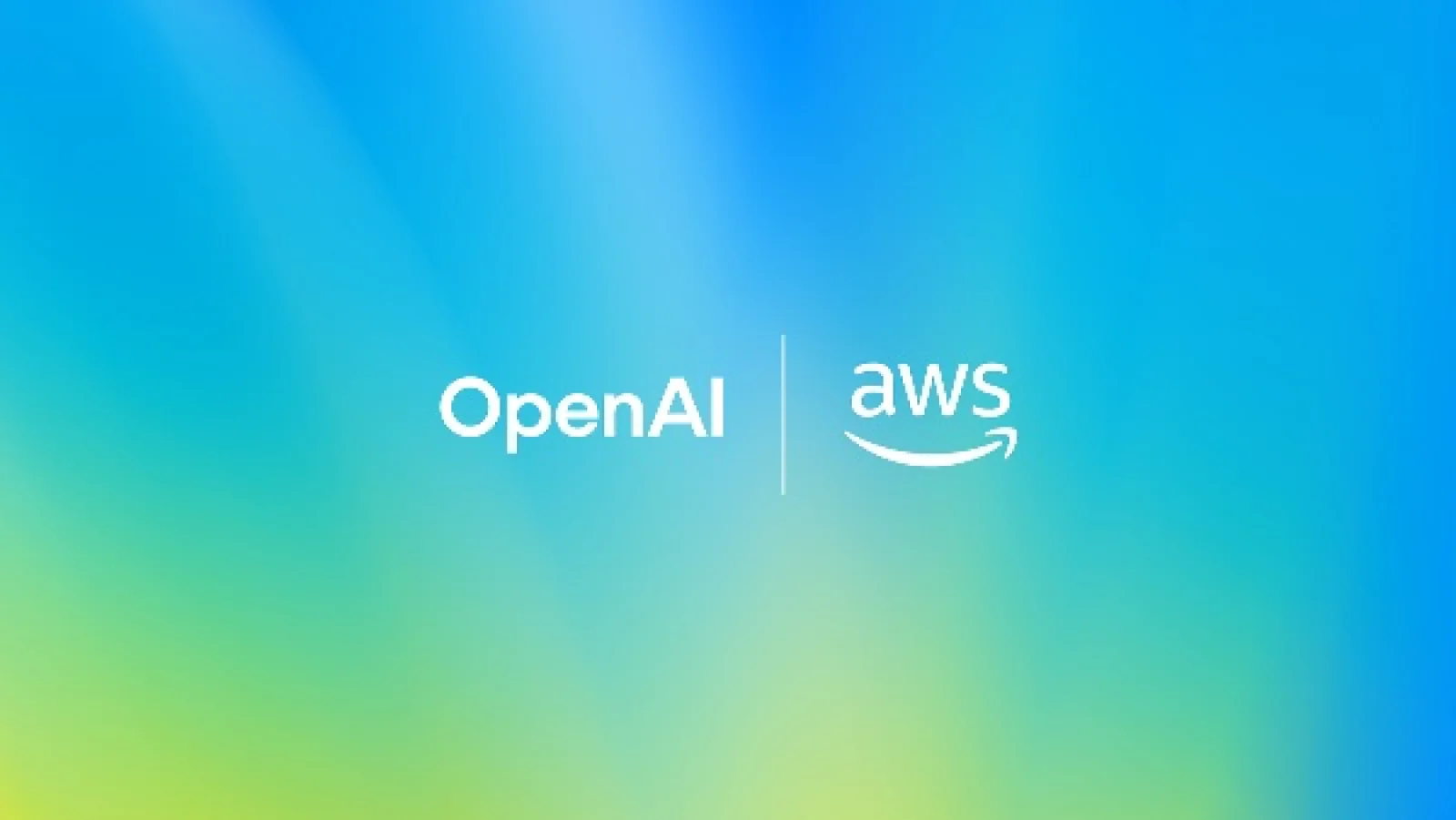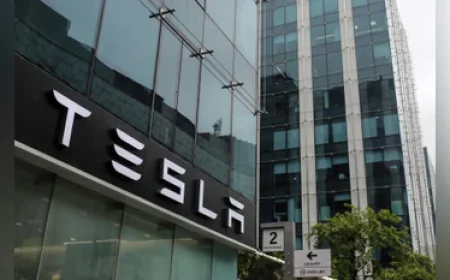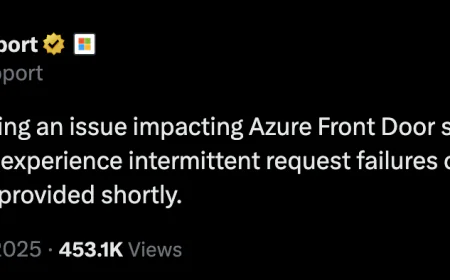OpenAI Chooses AWS for Massive AI Expansion, Gains Access to Millions of Nvidia GPUs
OpenAI: OpenAI has signed a seven-year agreement with Amazon. This deal includes a $38 billion deal to purchase cloud services. This will give OpenAI access to millions of Nvidia graphics processors.

OpenAI, maker of ChatGPT, has inked a seven-year deal with Amazon. This agreement includes a deal worth $38 billion to buy cloud services from Amazon. This deal comes after a restructuring last week, which gives OpenAI greater operational and financial independence. With this deal, OpenAI will get access to millions of Nvidia graphics processors from Amazon to train and run its AI models.
It is also an industry that requires tremendous computing power in order to build such systems that are parallel with human intelligence. The CEO of OpenAI, Sam Altman, stated that it will spend $1.4 trillion to build 30 gigawatts of computing resources-enough power to power 25 million American homes.
Some investors feared AWS (Amazon Web Services) was falling behind Microsoft and Google. However, this deal demonstrates that AWS remains a strong player in the AI race. Amazon shares reached an all-time high on Monday, increasing the company's value by nearly $140 billion.
"Frontier AI requires large and reliable compute to scale. Our partnership with AWS will power this new era and bring advanced AI to everyone." OpenAI will begin using AWS immediately. Full capacity will be online by the end of 2026, with expansion possible after 2027. Amazon will deploy thousands of Nvidia chips (GB200 and GB300 AI accelerators) to train ChatGPT's responses and new models.
Want to get your story featured as above? click here!
Want to get your story featured as above? click here!
OpenAI has also signed deals with Google and Oracle for cloud services. A $250 billion Azure cloud deal has also been signed with Microsoft. However, such a massive expenditure is raising questions on Wall Street (New York Stock Exchange) about how OpenAI will fund it. The company's revenue could reach $20 billion by the end of the year, but its losses are also steadily increasing.





































.jpeg)



































































































